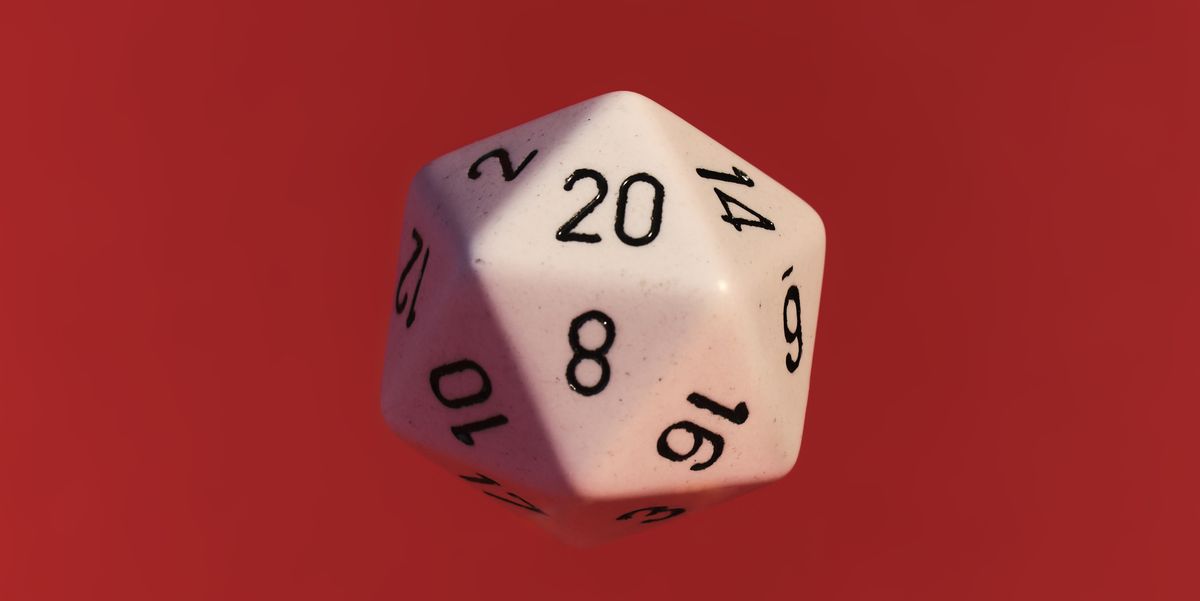TL;DR They’re not dice.
The computer-designed objects called trajectoids follow a predetermined path when rolling, and usually look somewhat like peeled potatoes.

I haven’t seen a trajectoid with an obviously arbitrary, complex path, such as someone’s signature (as opposed to demos of epicycles), so there may be limits to what lines can be made.I think the similarly-looking gömböcs are cooler: convex, uniform objects that always return to one stable orientation when laid on a flat surface.

Very cool from a maths perspective, but irrelevant to D&D
Not entirely irrelevant to D&D. Now we know that a skilled scholar could sculpt a boulder to roll in a specific way (for an Indiana Jones-style trap) without casting spells. Still, adjusting the terrain is a more productive way to do that.
But they’re not useful as dice. Nobody ever uses a die’s trajectory shape to determine a random in-game outcome.
A gömböc could technically count as the most rigged die – only ever rolling up one number – if the only requirements for a D&D die were for it to be a convex object with uniform density.
Plato: “A die is a convex object with uniform density.”
Diogenes: holds up gömböc “behold: a die!”
(Diogenes is genius but poor so the gömböc is a peeled potato)
Now seriously, the convexity requirement is there to ensure that spheres with voids inside don’t qualify.
Its a d1, aka DM says so.
As a DM, that’s my favourite die to roll. Well, other than the rocks-fall-you-die
Would be more useful if they weren’t visually distinct and obviously unfair. Also, if you have to take into account the surface as well, this is just fully misleading.
“Design dice” so weighted dice?
You didn’t read the article
deleted by creator
Right before he went out for a pack of smokes
As cool as being able to guarantee a roll with their dice would be, that would take away all the fun for me because I love the uncertainty of rolling and getting an unpredictable outcome.






